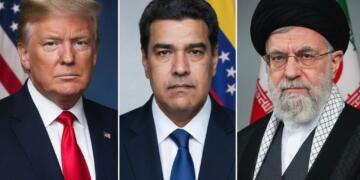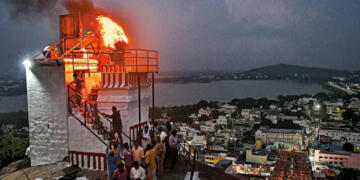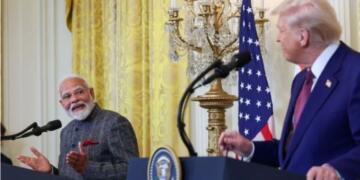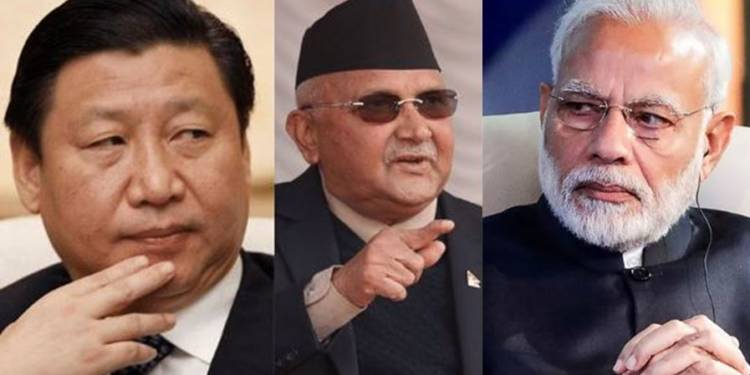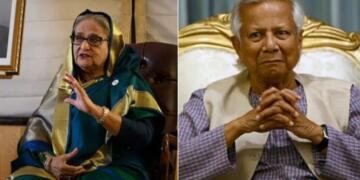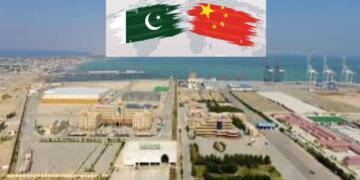Nepalese Cabinet has released a new political map that shows parts of India’s territory- Lipulekh, Kalapani and Limpiyadhura, under Nepalese territory. Nepal ’s Minister for Culture, Tourism and Civil Aviation Yogesh Bhattarai said the Cabinet’s decision will be “written in golden letters”.
This comes in the backdrop of the ruling Nepali Communist Party compromising itself to Chinese influence. Now, it is trying to serve the Dragon’s interests by raking border disputes at points of strategic importance between India and China. The Nepal government has also tabled a resolution in the Parliament demanding “return” of Nepalese territory in Lipulekh, Kalapani and Limpiyadhura.
The political map has been released days after a TOI report about Nepal setting up an Armed Police Force (APF) border outpost 18 kilometres away from the Lipulekh pass. It is for the first time that Nepal has set up such a border outpost.
Nepal’s political regime is showing unprecedented aggression in bilateral ties with New Delhi, ever since India inaugurated the Dharchula-Lipulekh road link- a strategic border road that offers easy access to the Lipulekh pass. It is strategically located at a high altitude of 17,060 feet, and only 4km away from the China border.
Ever since India inaugurated the road link, Nepal has been calling this Indian territory its own. The road link has no significance for Nepal, but it is crucial for India to ensure easy and more convenient passage to this part of the LAC, the de facto Sino-India border.
For the first time Nepal has gone to the extent of patrolling close to its border with India and releasing an objectionable political map. Why should Nepal be worried about India building a road on its own territory having no strategic repercussions on the landlocked country?
Clearly, Beijing is exercising more influence over how Nepal prioritises its territorial disputes than Kathmandu itself, which explains unprecedented aggression from Kathmandu aimed directly at India.
How the Nepali Communist Party is pleasing its ideological bosses in the Communist Party of China (CCP) by raking up imaginary border disputes is not lost on India either. Recently, Indian Army Chief MM Naravane made it clear that the Lipulekh Pass is not a dispute. He added, “There is reason to believe that they (Nepal) might have raised this issue at the behest of someone else and that is very much possibility.”
The Army Chief did not say China directly but his remarks don’t leave much of a doubt about Beijing’s role in Nepal’s provocative behaviour. His comments came in reply to Vice Admiral Sekhar Sinha’s (retd) question– “Do you see a link between Lipulekh and the recent clashes between the Indian and Chinese troops in Ladakh and Sikkim?”
The Nepali Communist Party is not even subtle in its attempts to serve Beijing’s interests. On May 10, Nepal’s Foreign Minister, Pradeep Gyawali said that Kathmandu couldn’t wait for the COVID-19 crisis to end before initiating a dialogue with India. He said the government would hold talks with Beijing as well.
What does Beijing have to do with a dispute which Oli government claims exists between India and Nepal? The Nepali Communist Party has lost its spine, and it is not even trying to hide it.
China continues to grab Nepalese territory in the garb of road projects, but the Oli regime simply downplays them. Chinese citizens also behave in an unruly manner with the Nepalese in Nepal itself, and Kathmandu cannot do anything about it.
With the trans-Himalayan rail project, Beijing will further expand its influence and reach in Nepal, cutting through the lofty Himalayas right upto Lumbini on the Indo-Nepal border.
Nepali Communist Party is compromising the country’s sovereignty to China with every passing day, and its most glaring manifestation is its grossly objectionable behaviour regarding so-called border disputes with India.


